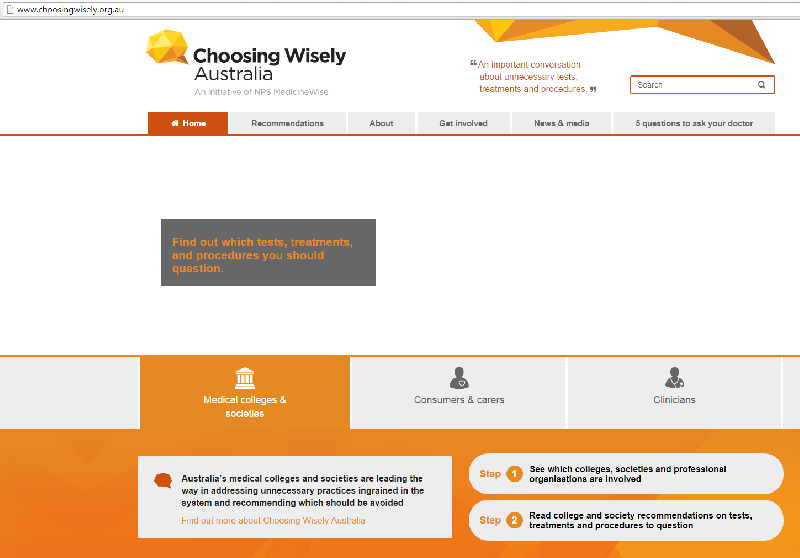Recomendación

Recognise and stop the prescribing cascade.
Choosing Wisely Australia (Australasian Society of Clinical and Experimental Pharmacologists and Toxicologists)
A prescribing cascade occurs when a new medicine is prescribed to ‘treat’ an adverse reaction to another drug in the mistaken belief that a new medical condition requiring treatment has developed. Prescribing cascades should be avoided because they are associated with adverse outcomes due to the second or additional drugs, which places the patient at risk. One example of a prescribing cascade is when a patient is prescribed a non-steroidal drug for pain, and is then prescribed proton pump inhibitors (PPIs) to reduce the risk of stomach side effects caused by the first prescribed drug. As prescribing cascades are precipitated by adverse drug reactions, they can be prevented by avoidance and early detection of the initial adverse drug reaction. For instance, many adverse drug reactions in the elderly are dose-related. It is advised that starting treatment at low doses and titrating to effect may reduce their risk. Most adverse drug reactions occur within a few months of starting a medicine. Clinicians should consider the potential for an adverse drug reaction to be the cause of any new symptoms, particularly if a drug has been recently started or changed. Patients should be asked about new symptoms, as many patients do not report adverse drug reactions. When such reactions occur, non-drug treatment strategies should be considered as the most appropriate first-line management, rather than starting a second medicine to counteract adverse effects.
Idioma:
Inglés
Especialidad:
Medicina Familiar y Comunitaria, Medicina Interna, Varias especialidades
Año Publicación:
2016
Tipo de Intervención:
Farmacológica (no antineoplásicos)
Tipo de Recomendación:
Bajo valor



